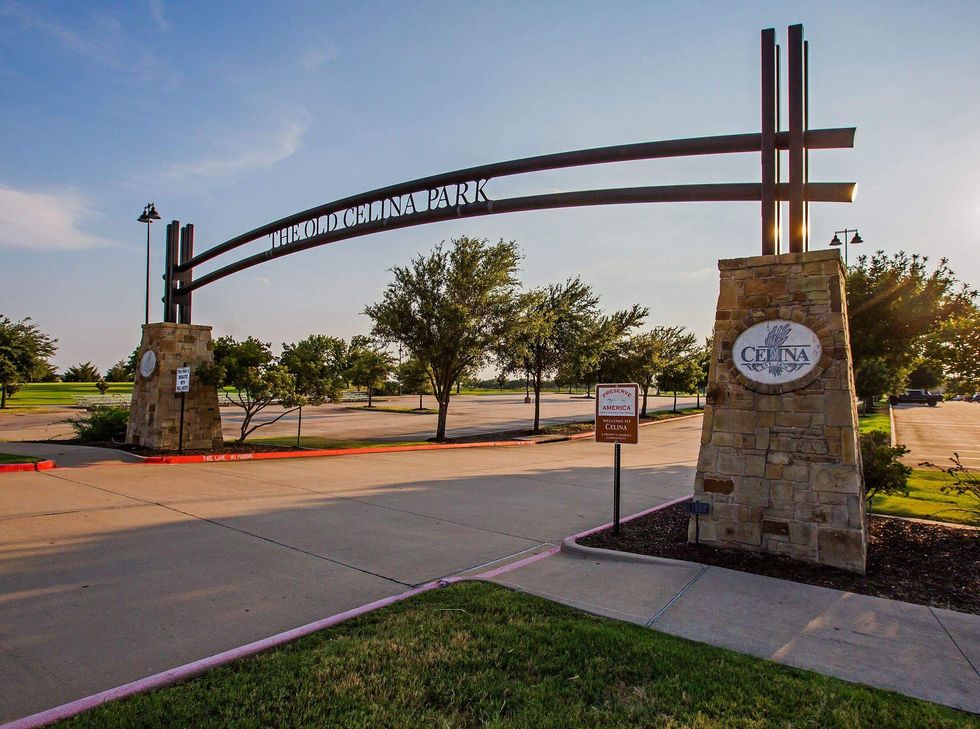Real estate report
Owning a home is becoming less attainable in Dallas and across Texas

Owning a home is still an American dream.
More Texas homeowners and renters than ever are struggling with high housing costs — and the state’s high home prices have potentially put the dream of owning a home out-of-reach for a growing number of families.
That’s according to a new report from Harvard University’s Joint Center for Housing Studies, which also found that home prices and rents remain well above where they stood before the COVID-19 pandemic.
The Texas housing market has cooled amid high interest rates after steep increases brought on by the state’s recent red-hot economic growth. So would-be homebuyers now need to make more money than ever before in order to buy a home in Texas’ major urban areas. The number of Texas homeowners and renters who struggle to keep a roof over their head also now sits at an all-time high.
“The costs of buying a home have left homeownership out of reach to all but the most advantaged households,” says Daniel McCue, a senior research associate at the center.
Outpacing income growth
The
growth in Texas home prices has dramatically outpaced income growth, pricing many households out of the market and all but wiping away the state’s once-heralded housing affordability.
It’s now common for buyers to have to make at least six figures in order to purchase a home in major urban areas where the state’s job opportunities are largely concentrated. A family needs to make more than $100,000 if they want to buy a typical home in the Dallas-Fort Worth and Houston regions, according to the center.
Renters have increasingly little room to put money away for a future down payment and make the transition to homeownership. A record 2.1 million renter households — more than half of those in the state — are “cost-burdened,” meaning they spend more than 30% of their income on rent and utilities. Of those, nearly 1.1 million put at least half of their income toward rent and utilities, which means they are “severely” cost-burdened.
Homeowners, too, have felt the pinch from rising homeowners insurance and high property taxes. Nearly a quarter of the state’s 6.9 million homeowner households spend too much on housing, according to Harvard’s analysis.
The state’s high housing costs and a shortage of housing affordable to the poorest Texans fueled a 12 percent increase in homelessness last year, according to federal estimates. More than 27,000 Texans did not have a permanent roof over their heads in 2023, according to an annual estimate of people experiencing homelessness. About 11,700 Texans experienced unsheltered homelessness — meaning they slept in their cars, under bridges or in other places not fit for human habitation.
Rising rent relief
Soaring rents driven by the state’s robust economic growth put record pressure on tenants. But a boom in apartment building not seen since the 1980s has bought them at least some temporary relief from rising rents.
Asking rents have fallen over the last year in the Dallas-Fort Worth, Austin, Houston, and San Antonio regions, figures from the firm MRI ApartmentData show, as new apartments open their doors and force existing landlords to compete to keep new tenants.
“For renters, it’s a better situation,” says Bruce McClenny, industry principal at MRI ApartmentData. “It doesn’t make up for all that crazy rent growth that we had in ’21 and ’22. But it’s starting to make a difference.”
It’s only a matter of time before rents surge again, the Harvard report found. Builders have pulled back on new projects amid high borrowing costs and as property owners see lower revenue growth from rents and increased operating costs like property owners’ insurance, wages, and property taxes. Meanwhile, the state’s steady economic growth coupled with growth in Generation Z households will ensure demand for apartments remains strong. McClenny says larger rent increases like those seen in 2022 could return by the end of next year after tens of thousands of apartments under construction in the state’s major metro areas come online.
The Dallas-Fort Worth region “has been and likely will continue to be a really hot housing market that makes (naturally occurring affordable housing) more vulnerable,” says Ashley Flores, the organization’s housing chief.
---
This story was originally published by The Texas Tribune and distributed through a partnership with The Associated Press.

 Coppell was ranked the third-best place to live in Texas for 2025. City of Coppell, TX Municipal Government/Facebook
Coppell was ranked the third-best place to live in Texas for 2025. City of Coppell, TX Municipal Government/Facebook  Frisco is the most-affordable, fastest-growing city in the country. Photo by Roger Robinson/Visit Frisco
Frisco is the most-affordable, fastest-growing city in the country. Photo by Roger Robinson/Visit Frisco  Celina is the No. 2 fastest-growing wealthy 'burb in America. Photo courtesy of celina-tx.gov
Celina is the No. 2 fastest-growing wealthy 'burb in America. Photo courtesy of celina-tx.gov